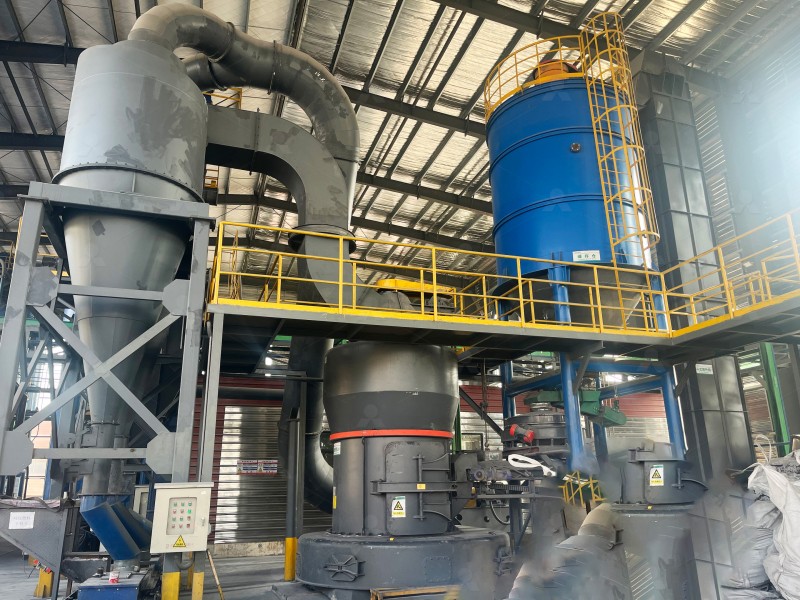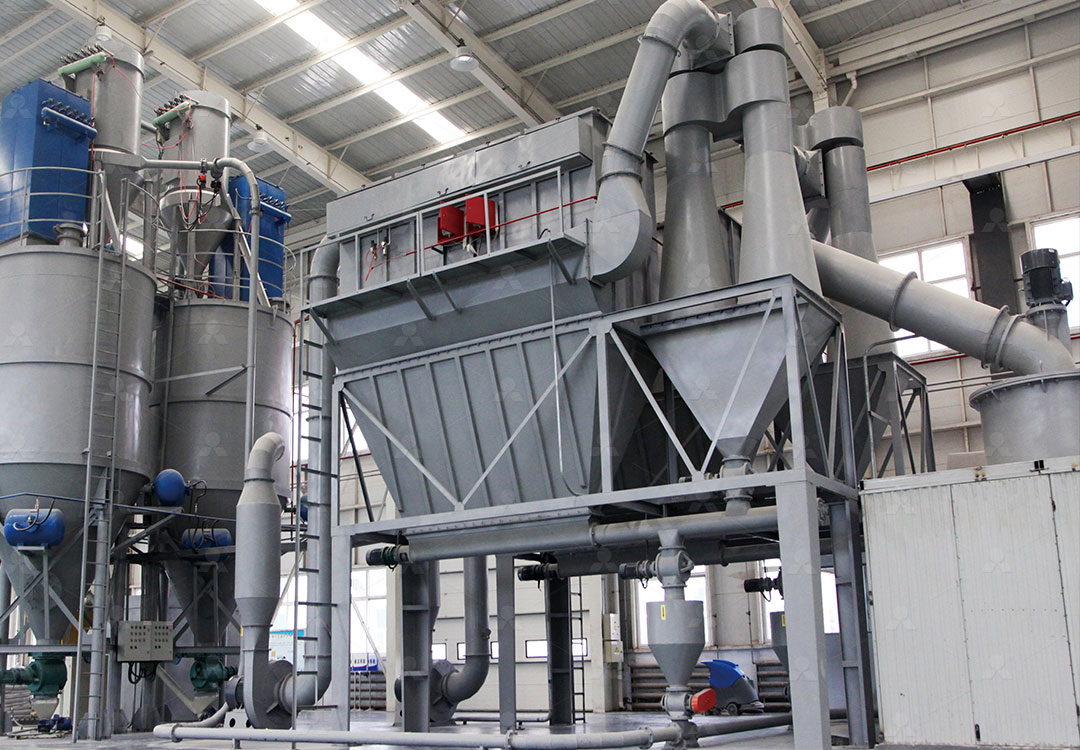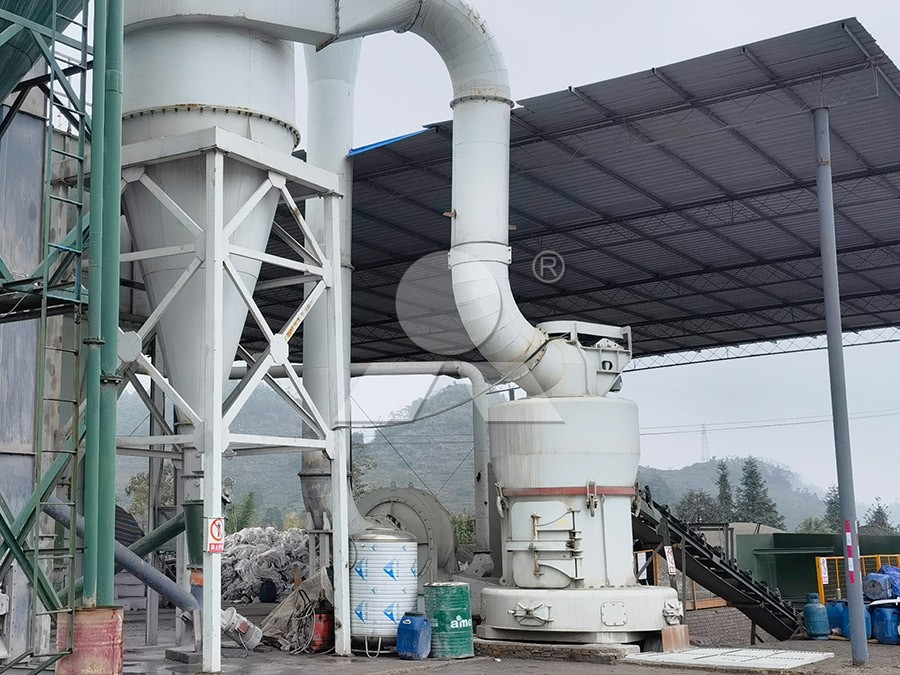Coal Ash Grinding Mill: Types, Selection Guide, and Cost Analysis
Coal Ash Grinding Mill: Types, Selection Guide, and Cost Analysis
Processing coal ash effectively requires specialized grinding equipment that can handle its abrasive nature while achieving the desired fineness for various applications. As industries seek more sustainable ways to utilize this byproduct, selecting the right grinding mill becomes crucial for operational efficiency and cost-effectiveness.
Major Types of Coal Ash Grinding Mills
The market offers several grinding mill configurations, each with distinct advantages for coal ash processing:
Vertical Roller Mills (VRM) have gained significant popularity in recent years due to their energy efficiency and compact design. These mills utilize multiple grinding rollers that press against a rotating table, crushing the material through compression. The integrated drying capability makes them particularly suitable for moist materials.
Ball Mills represent the traditional approach to coal ash grinding, using rotating cylinders filled with grinding media to impact and attrition the material. While reliable, they generally consume more energy than modern alternatives.
Raymond Mills employ a vertical structure with spring-loaded grinding rollers that rotate around their own axis while revolving with the main shaft. This configuration provides stable operation and relatively simple maintenance.
Trapezium Mills feature improved grinding curves and multiple grinding rollers that create a more efficient grinding path, resulting in higher throughput with lower energy consumption.

Critical Selection Factors
Choosing the appropriate coal ash grinding mill involves evaluating several key parameters:
Production Capacity Requirements: Determine your hourly or daily throughput needs. Mills range from small-scale units processing 0.5 tons per hour to industrial systems handling over 300 tph.
Fineness Specifications: Different applications require specific particle size distributions. Construction materials might need 200-325 mesh, while high-value applications could demand 800-2500 mesh fineness.
Moisture Content: Coal ash moisture levels significantly impact mill selection. Some mills incorporate drying capabilities, while others require pre-drying systems.
Energy Efficiency: Modern grinding mills can reduce energy consumption by 30-50% compared to traditional designs, representing substantial operational savings.
Space Constraints: Vertical mills typically require less floor space than horizontal configurations, making them suitable for facilities with limited area.
Advanced Grinding Solutions
For operations requiring ultra-fine coal ash powder with precise particle size control, the MW Ultrafine Grinding Mill represents a technological breakthrough. This advanced system processes materials with input sizes up to 20 mm and delivers throughput ranging from 0.5 to 25 tph.
The MW series stands out through its innovative design that eliminates rolling bearings and screws within the grinding chamber, addressing common failure points in conventional mills. The German-designed cage-type powder selector enables precise fineness adjustment between 325-2500 meshes, with screening rates achieving d97≤5μm in a single pass. Operations benefit from the integrated pulse dust collector and muffler system that maintains environmental compliance while reducing noise pollution.

For operations prioritizing vertical configuration with advanced powder separation, the LUM Ultrafine Vertical Grinding Mill offers exceptional performance. Processing materials up to 10 mm at 5-18 tph capacity, this mill incorporates the latest grinding roller technology from Taiwan and German powder separating expertise. The unique roller shell and lining plate grinding curve generates material layers more efficiently, enabling high finished product rates through single-pass milling.
Comprehensive Cost Analysis
Evaluating coal ash grinding mill economics extends beyond initial purchase price to include:
Capital Investment: Vertical mills typically command higher initial costs but offer space savings that can offset structural expenses.
Operating Costs: Energy consumption represents the most significant ongoing expense. Modern mills can reduce power requirements by 30-50% compared to decade-old technology.
Maintenance Expenses: Designs that facilitate easy access to wear parts and incorporate durable materials in high-abrasion areas substantially reduce maintenance downtime and component replacement costs.
Product Value Enhancement: The ability to produce consistent, high-quality coal ash powder can increase product value by 15-40% depending on application markets.

Frequently Asked Questions
Q: What is the typical energy consumption for coal ash grinding?
A: Energy requirements vary by mill type and product fineness. Modern vertical roller mills typically consume 25-40 kWh/t for 325 mesh products, while ultra-fine grinding to 2500 mesh may require 80-120 kWh/t.
Q: How does moisture content affect mill selection?
A: High moisture content (above 8-10%) generally necessitates mills with integrated drying capabilities or pre-drying systems. Vertical roller mills can typically handle materials with up to 15% moisture without separate drying equipment.
Q: What maintenance intervals should be expected?
A: Wear part replacement varies significantly based on material abrasiveness. Grinding rollers and tables in vertical mills typically require refurbishment after 6,000-10,000 operating hours, while classifier blades may last 2-3 years with proper maintenance.
Q: Can the same mill process different types of coal ash?
A: Most modern mills can handle various coal ash types, but adjustment of operational parameters (grinding pressure, classifier speed, airflow) is necessary to maintain product quality when switching between feed materials.
Q: What environmental considerations apply to coal ash grinding?
A: Modern grinding systems incorporate comprehensive dust collection, noise reduction technologies, and closed-system designs to meet international environmental standards. Proper system selection can achieve dust emissions below 20 mg/Nm³ and noise levels under 80 dB.
